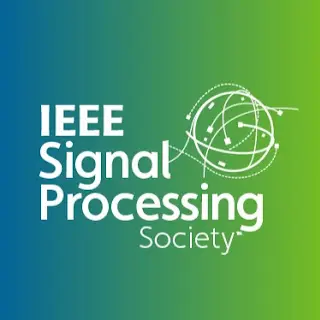Recently, saliency detection in a single image and co-saliency detection in multiple images have drawn extensive research interest in the vision and multimedia communities. In this paper, we investigate a new problem of co-saliency detection within a single image, i.e., detecting within-image co-saliency . By identifying common saliency within an image, e.g., highlighting multiple occurrences of an object class with similar appearance, this work can benefit many important applications, such as the detection of objects of interest, more robust object recognition, reduction of information redundancy, and animation synthesis. We propose a new bottom-up method to address this problem.
